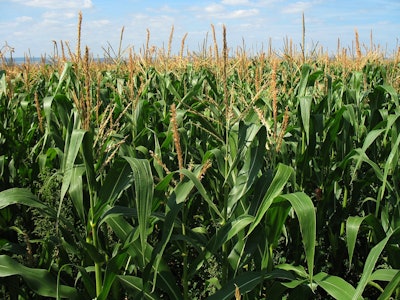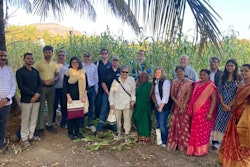
The U.S. Grains Council (USGC) recently hosted its 13th annual corn quality seminar in Malta, attended by representatives from nearly 20 countries across Europe, the Middle East, and Africa. The event, part of the Council's Europe, Middle East, and Africa (EMEA) regional office's initiative, saw the participation of 75 attendees from nations including Morocco, Tunisia, Egypt, and Saudi Arabia, among others.
Ramy H. Taieb, USGC EMEA regional director, emphasized the importance of the quality rollouts organized by the Council. These events, held at critical points in the corn marketing year, aim to disseminate vital information about current crop conditions and quality. This data plays a crucial role in influencing purchasing decisions and also showcases the transparency and integrity of the U.S. corn export market.
The seminar presented the results of the Council’s Corn Harvest Quality Report and covered a range of trade and technical topics. These included global and U.S. feed grains supply and demand, global freight trends, challenges in the Suez Canal logistics, and the cost availability and nutritional value of corn co-products in feed formulations. The event also featured a presentation on starch and storage USGC programs in the region.
The seminar's success was attributed to active member involvement, with contributions from Ryan Meyerkorth of Missouri Corn, Mark Mueller of Iowa Corn, Patty Mann of Ohio Corn, and John Hagios of The Andersons.
A key focus of the seminar was the Council’s Corn Sustainability Assurance Protocol (CSAP) and Sustainable Corn Exports (SCE) platform. These initiatives allow U.S. corn producers to demonstrate their sustainable farming practices and align with the increasingly climate-focused global markets, thus strengthening international sales of U.S. corn and its co-products.
Ana Ballesteros, USGC deputy regional director for Europe and the Middle East, noted the positive feedback from participants. Attendees valued the insights on U.S. corn and corn co-products quality, with special appreciation for the DDGS nutrition symposium. The discussions on higher starch extractability of U.S. corn compared to other origins also generated interest among feed producers.
In addition to the seminar, the event facilitated one-on-one meetings with key importer companies, resulting in negotiations for over 110,000 metric tons (4,330,480 bushels) of corn and corn co-products for the region.
The USGC plans to continue updating its counterparts on the status of the U.S. corn market and this year’s crop quality. This ongoing communication aims to instill confidence in buyers considering U.S.-origin purchases, thereby reinforcing the U.S. position in the global corn market.















